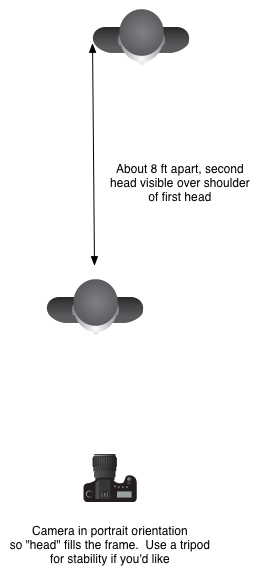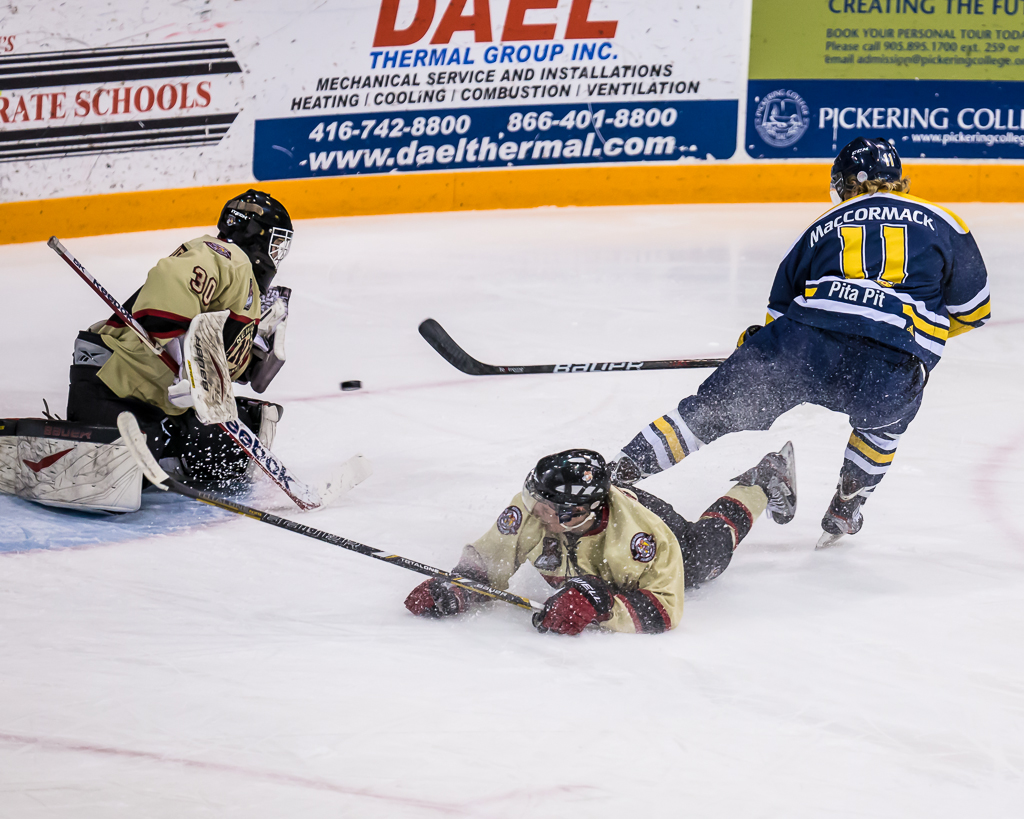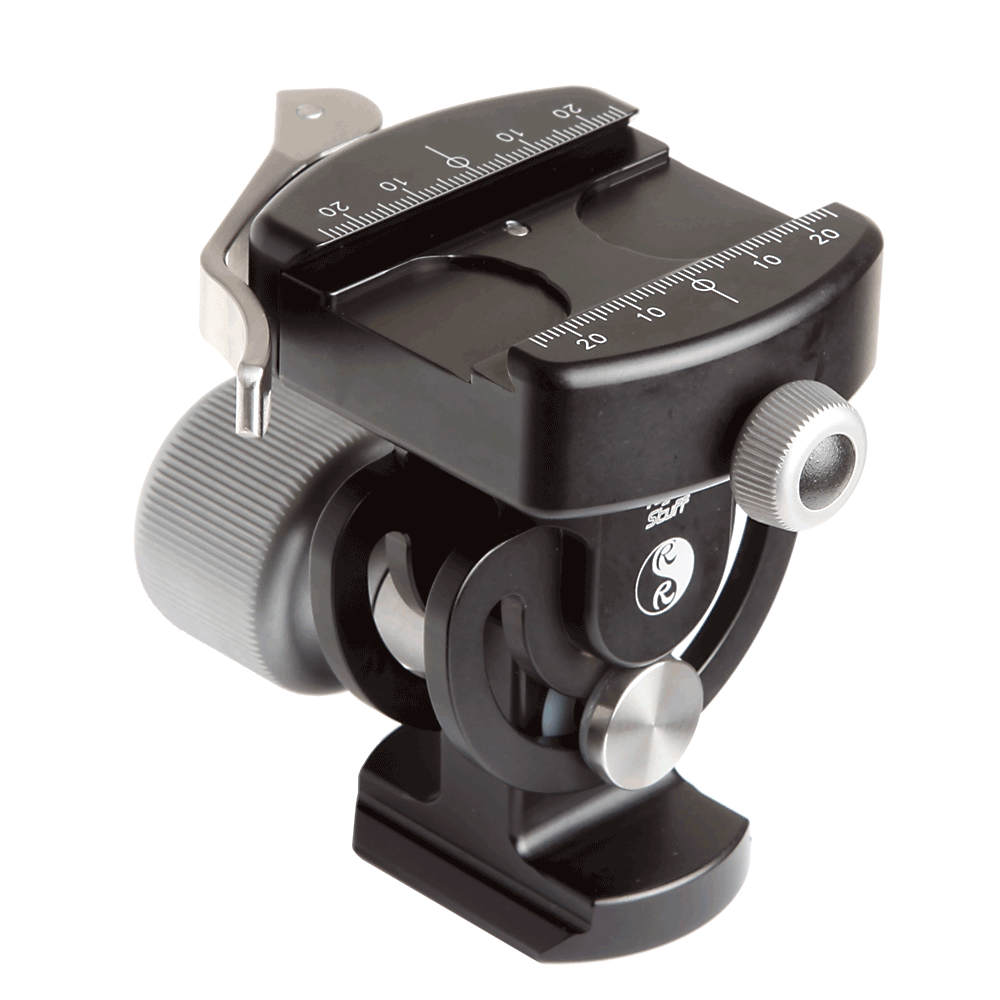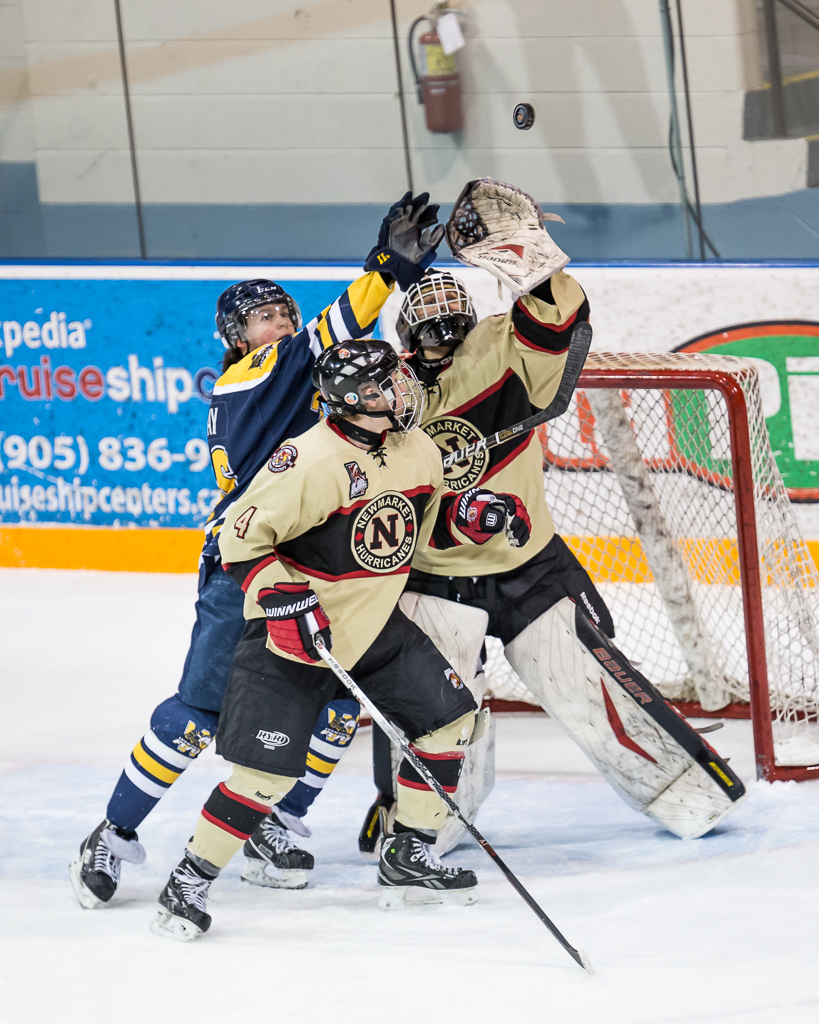2015 : 10 Ideas to Improve Your Photography
/As artists, we all want to improve our skills, to improve our abilities with our craft, and to grow as artists. For your thoughts and perhaps inspiration, I offer the following 10 Ideas to Improve Your Photography in 2015. 1. Don't trap yourself in filler projects. A 365 sounds like a good idea until you get tired of it. Same thing happens with a forced deliverable such as shoot everything with the 50mm. Forcing your creativity into a box never spawns more real creativity.
2. Find and tell your own stories. Repetition may be the mother of skill, but if all you do is replicate someone else's hard work, you cheat yourself of your own innovation and interesting ideas.
3. Post only your best work. There's no award for volume, so set your own bar very high. If you like it, it's worth posting.
4. Get out of your own comfort zone. Shoot something you would never normally do. If you mostly do still life, go shoot sports. If you shoot only action, shoot a still life. The steps you go through to master the uncomfortable will make you better at the things that you like.
5. Assign yourself projects. Certainly clubs, communities and myriad groups can keep you busy with topic of the day, or the week or the month challenges, but they aren't your projects. You are building them for someone else. Build for yourself. A project can be simple such as shoot to get 10 keepers with a 24mm focal length, all at different lens openings.
6. Take a notebook with you when you photograph. Write down jot notes about what you were thinking when you made the photograph. Don't worry about recording settings, they are in the EXIF data and in the long term won't matter much anyway. Record your mental perspective or the feeling you had.
7. Take an image you really like and produce 5 completely different interpretations of it using your digital darkroom to tell 5 different stories with the same core image.
8. Using only a flexible desk lamp, experiment with different lighting positions on the same subject, using light and shadow to tell different stories and to set different moods.
9. Carry a camera everywhere you go for one week, shooting anything that you see that is interesting to you. If something catches your eye, shoot it, and try to use a focal length that mimics your eye, something in the 35mm to 50mm effective focal length range.
10. Shoot video clips. Don't worry about the audio. Shooting motion will give you a greater appreciation of the power of a great still. Make a hybrid project containing your clips, some stills and overlay some music. Your computer likely came with all the software you could need to do this.
Above all else, have fun, and make photos.



























